So you think you’ve assembled the perfect team for your SaaS startup. You have your capable developers, star sales reps, and awesome support agents all lined up and doing their best work.
Yet, something seems to be off and you’re not growing at the rate you thought you would be.
The missing magic ingredient could be a technical writer with the power to write excellent documentation that can help grow your client list, keep customers happy, and empower your team to work closer together.
This article will give you five great reasons why SaaS startups should invest in technical writers to unlock unbelievable business growth.
Read on and find out why you need a technical writer sooner rather than later.
To Create Product Documentation
Writing for TechRepublic back in 2020, Jack Wallen commented:
“One common thread I’ve found over time is that documentation has gotten progressively worse. In fact, in some instances, the documentation has become so bad that it’s impossible to get software working without a struggle.”
This, unfortunately, holds true two years later and is largely due to the fact that many software providers (including SaaS companies) don’t treat product documentation with the respect it deserves.
All too often, documentation is the last step in a long project that’s habitually completed by staff who aren’t technical writers.
In many cases, that means the developers who created the software in the first place.
At least that’s what a recent survey discovered.

Source: Archbee
The problem with this is that developers often lack the time or the inclination to write product documentation, as this isn’t their primary job.
And when documentation is written too quickly and with little focus, the end result lacks depth and as such doesn’t really help the end users.
Equally important, developers don’t make the best technical writers because they are too close to the product.
They understandably have a difficult time approaching the software from a user’s perspective.
For these reasons, it’s sometimes quite easy to spot product documentation written by developers.
These are some of the signs to watch out for:
- Assuming knowledge on the part of the user: documentation should serve even absolute beginners to the product
- Using technical jargon when plain language is enough: users don’t necessarily have a technical background and such specialized terms might confuse them
- Not including examples and use cases: when the author of the document considers the product self-explanatory, they won’t see the need for examples to help users understand the product.
- Skipping steps in the setup process: some steps may seem obvious to the developer, but skipping them might cause users to be completely locked out of the product.
On the other hand, bringing in a technical writer is a way for your product to be documented in a way that actually helps users.
Answering a question on Quora, this recruiter who specializes in recruiting technical communications staff sums it up nicely:
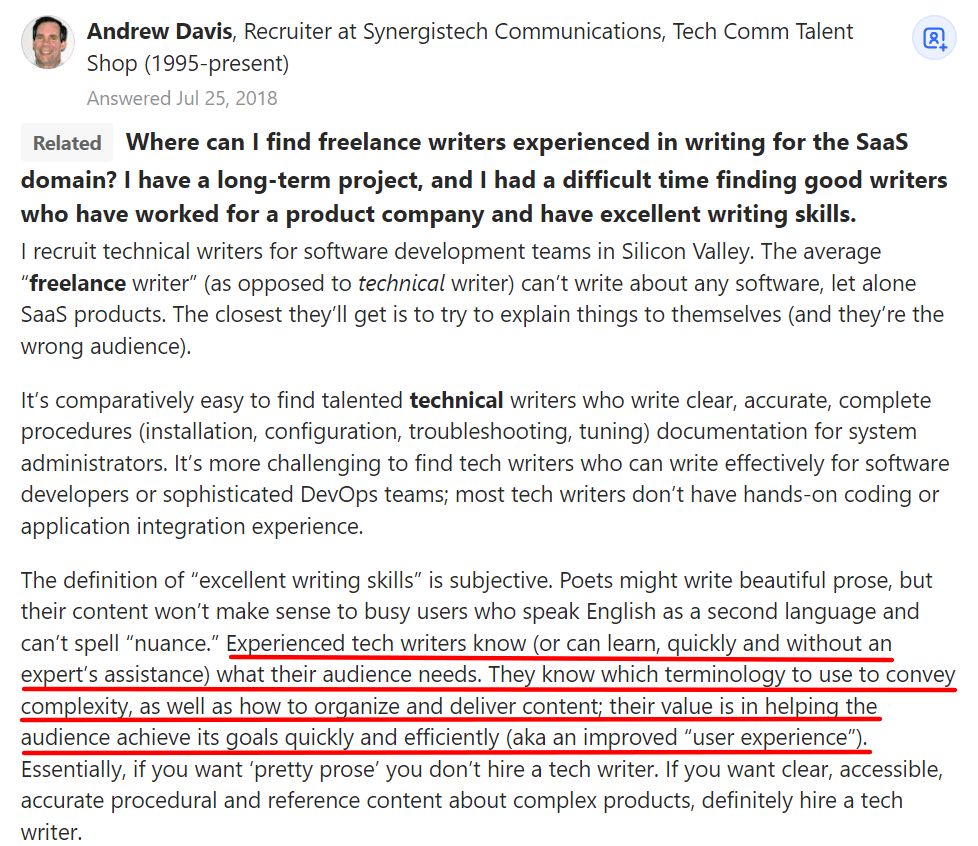
Source: Quora
As you can see, technical writers don’t just explain stuff. They understand the audience’s needs and know exactly how to convey knowledge.
They provide documents that elevate the user experience, which is key to a SaaS provider’s success.
You don’t want new users turning away from your product because they find the documentation too confusing.
Instead, try hiring a good technical writer who will get new users excited about the product and teach them to use it to achieve success.
To Reduce Customer Support Tickets
SaaS startups are often constrained by their tight budgets. Unlocking growth is often a matter of allocating resources intelligently.
Being smart about how you approach customer support is a good way to do that.
The truth is that customer support comes at a steep price. On average, one minute of service desk voice time can cost as much as $2.13.
Multiply that with the number of users who contact customer support and the amount of time it takes to close a support ticket, and you could be facing an enormous drain on your startup’s still humble budget.

Source: Archbee
Clearly, startups won’t have the resources for a full customer support team and a 24/7 support line (be it phone, email, or chat) early on.
But does that mean they can’t offer stellar support to their customers?
Not at all.
As we said in the previous section, technical writers can enrich your product with helpful documentation that will enable users to learn how to correctly use it and solve problems they might encounter on their own.
This kind of support documentation includes anything from how-to tutorials, FAQ resources, or troubleshooting articles.
For example, Zapier has a great troubleshooting section on their site:

Source: Zapier
The collection of articles helps users fix some of the known issues and problems past users have experienced, like error status codes or faulty automation.
This forms Zapier’s first line of defense. But what happens when users try to fix their own issues but are unsuccessful?
Well, they can still contact support and ask for help.
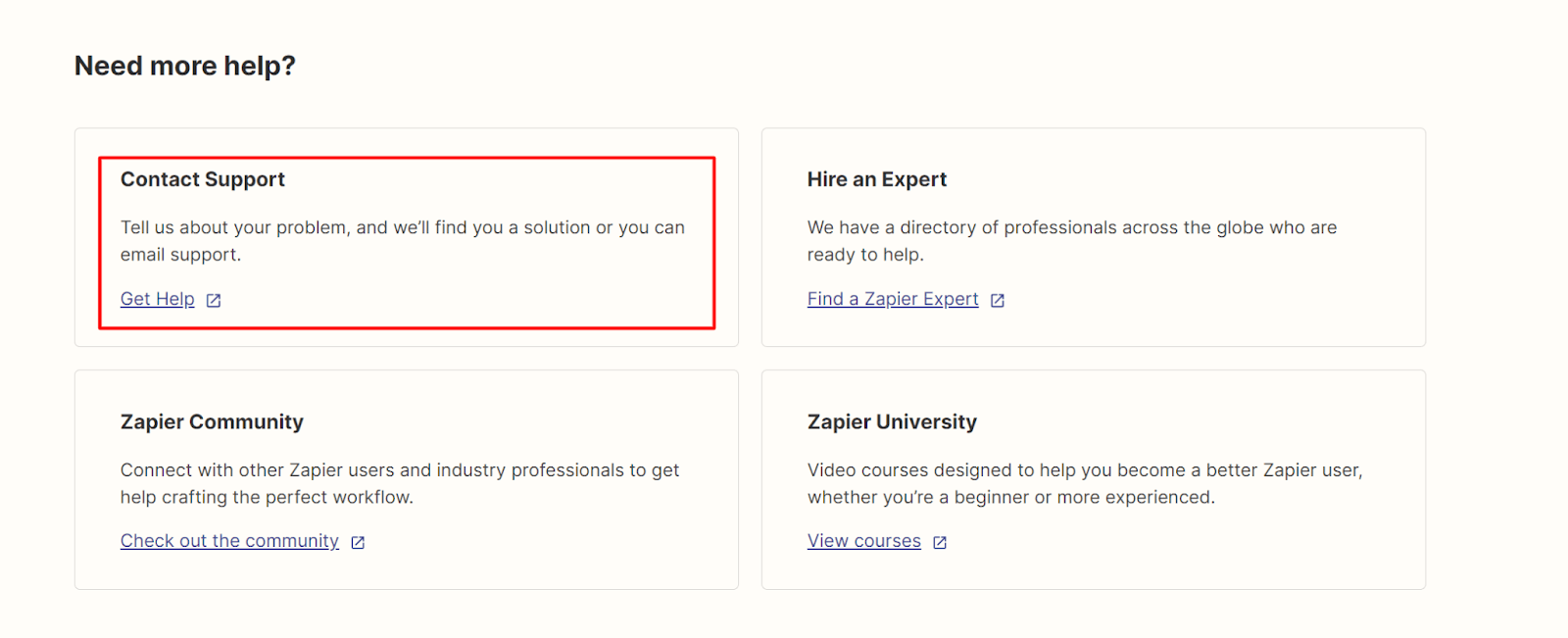
Source: Zapier
The main thing is that a segment of users manages to solve problems on their own, thereby reducing the number of support tickets issued and saving the company valuable resources it can then use for other investments.
You might be thinking, that’s all well and good, but doesn’t technical documentation also cost money?
It does, just a lot less than traditional forms of customer support.
Let’s break it down.
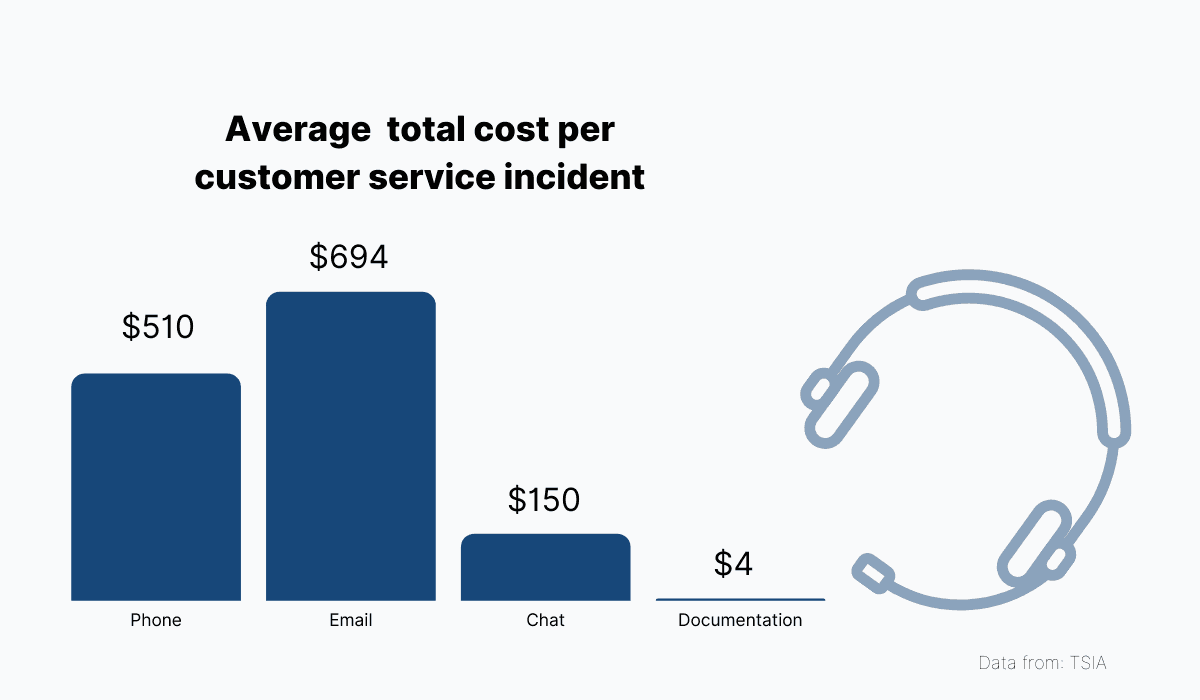
Source: Archbee
The TSIA Support Services Benchmark gives us a nice overview of the costs here.
The costs of phone, email, and chat support are astronomical in comparison to self-service support provided by documentation.
That’s because they require agents who need to be adequately trained. Also, every incident needs time and attention from at least one agent.
Documentation, on the other hand, can help an infinite number of people at once.
Once it’s written (and if it’s properly updated), it serves customers without the need for a human agent to be present.
In this way, technical writers can be of great assistance to your customer support team and reduce the number of tickets issued as well as the amount of resources spent on maintaining support.
To Have Support for Content Marketing
Content marketing is a popular choice for marketing strategy among SaaS startups. And for good reason, too.
It represents a long-term strategy where the marketing efforts continue even after the purchase.
That’s perfect for SaaS businesses because customers are free to quit your service at any time, so you need to keep them happy and engaged.
Beyond that, content marketing is perfectly aligned with the most important SaaS startup business goals, such as:
- Brand awareness
- Lead generation
- Lead nurturing
- User engagement
- Sales
- Customer loyalty and evangelism
- Upsell/cross-sell
However, what many SaaS founders don’t seem to realize is that ample quality documentation can serve almost every one of these goals and boost their content marketing efforts.
For example, if you’re operating an online knowledge base for your documentation, your articles will show up on Google’s results page as the best answer to a potential customer’s product inquiry.
Here’s what that might look like in practice. Let’s imagine a Google Search user wants to learn about financial governance and how it works with cloud computing.

Source: Google
The first result takes the user to a Google Whitepaper on this very subject.
Reading the document, the user might come to the conclusion that Google Cloud is the perfect solution for their needs and decide to invest in the service.
That’s a simple example of how technical documentation can help you with lead generation and nurturing, two important content marketing goals.
If that’s not enough to convince you, let’s look at how quality documentation can help SaaS companies inspire loyalty and even create brand ambassadors from ordinary users.
Stripe, the online payment processing platform, is quite famous for its helpful, expertly written documentation for developers.
So much so that users can’t stop raving about it on social media.

Source: Twitter
The effect of this is multifold.
The quality documentation inspires customers (or rather developers in customer companies) to remain loyal to Stripe because the code is documented and explained so well.
Their enthusiasm spreads like wildfire on social media, making them effective brand ambassadors for the company as they spread the good word about the platform’s documentation.
Finally, their recommendation influences others to try out Stripe for their companies, leading to more sales for Stripe.
The key realization here is that documentation written by expert technical writers can do all sorts of things to promote your brand.
Much more than just a set of instructions and data, it’s the perfect companion to content marketing that can help your SaaS startup take off into orbit.
To Reduce Customer Churn
The SaaS business model is quite novel, and part of its uniqueness comes from the fact that acquiring new customers isn’t the end of the story.
As we said in the previous section, SaaS subscribers have the option to leave the service at any time. That means SaaS companies also need to keep a very close eye on their churn rates.
There are several reasons why a customer may churn from a SaaS product and the biggest one is quite simple. Most customers abandon software because they can’t figure out how to use it.
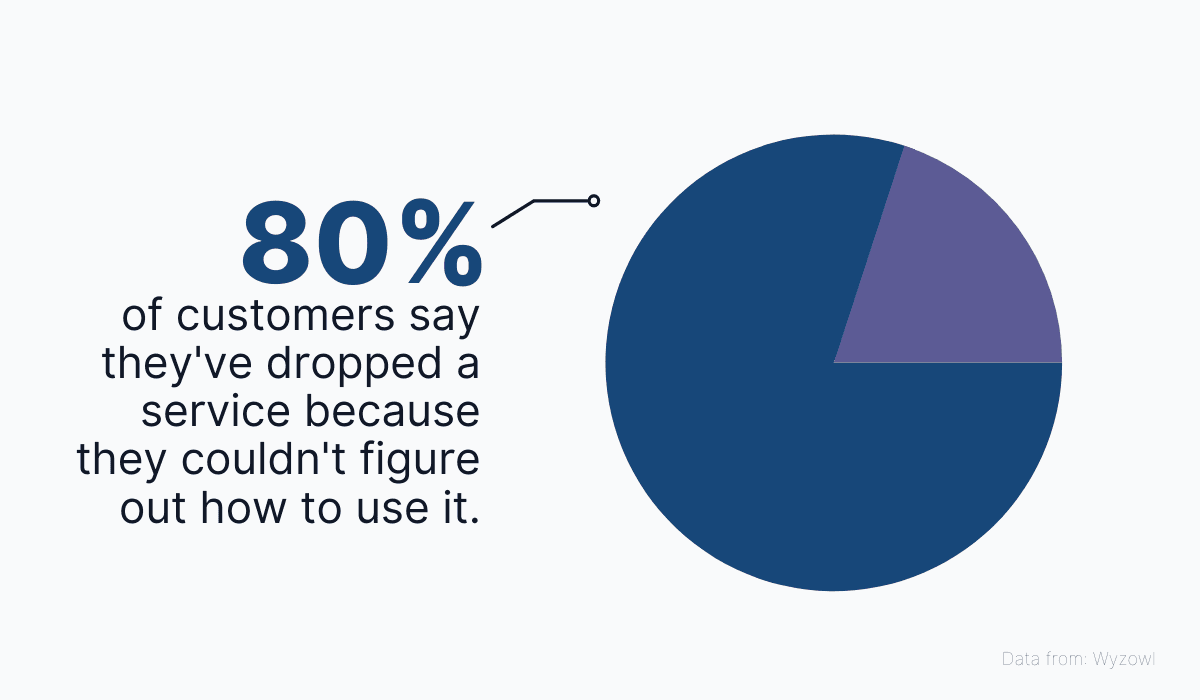
Source: Archbee
Luckily, technical writers to the rescue, once again.
Most types of technical documents are written with the explicit aim to train, educate, and onboard users to a product.
Therefore, having documentation, such as tutorials, instruction manuals, and how-to guides, readily available to users can prevent confused customers from churning.
And this is where technical writers really get to shine.
Their ability to approach software from a user’s perspective and explain installation and usage in simple, easy-to-understand terms makes all the difference.
Shall we illustrate this with an example?
Okay, let’s imagine a SaaS product. Something that has a wide audience with diverse backgrounds and differing levels of technical expertise.
How about Shopify? It’s a commerce platform used by sellers who have been doing business online for ages, as well as entrepreneurs just opening their first business.

Source: Shopify
Shopify’s new users get to try out a 14-day free trial. That’s all the time they have to set up shop and decide if Shopify is right for them.
Accordingly, their documentation starts with a general overview of the service, including a neat introductory video.

Source: Shopify
From this page, you can quickly move on to the initial setup and dive straight into installing and using the service.
Just look at how many topics are covered here to make sure no new user is left lost and confused.

Source: Shopify
The setup documentation is formatted as a series of step-by-step guides that make it extremely easy for just about anyone to install and start using this cloud-based commerce platform.

Source: Shopify
There is also plenty of video materials, visuals, and example cases to support every customer on their user journey.
Thanks to high-quality, clear-as-day documentation, anyone can set up and start using Shopify in a matter of minutes.
And by the time the 14-day trial is up, the new customer is already turning a profit and achieving success using the platform, making it very unlikely they’ll churn because they can’t work the product.
The job of a technical writer is to enable users to achieve success using your product through quality documentation.
And as successful customers don’t churn from a service, it’s safe to say technical writers can have a great impact on a SaaS company’s churn rate.
To Improve Cooperation Between Departments
To wrap things up, let’s see how technical writers can benefit the internal team at your SaaS startup.
Generally speaking, SaaS startups in their growth phase usually have a development team to build a product, sales reps to move it, and support staff to offer help to customers using it.
Now, the development team is almost certainly very well versed in the software they’re making, but what about sales and customer support?
These departments don’t usually hire for IT skills and technological expertise, do they?
Therefore, it’s not surprising that non-dev personnel, like sales reps, sometimes don’t know the answers to product-related questions.
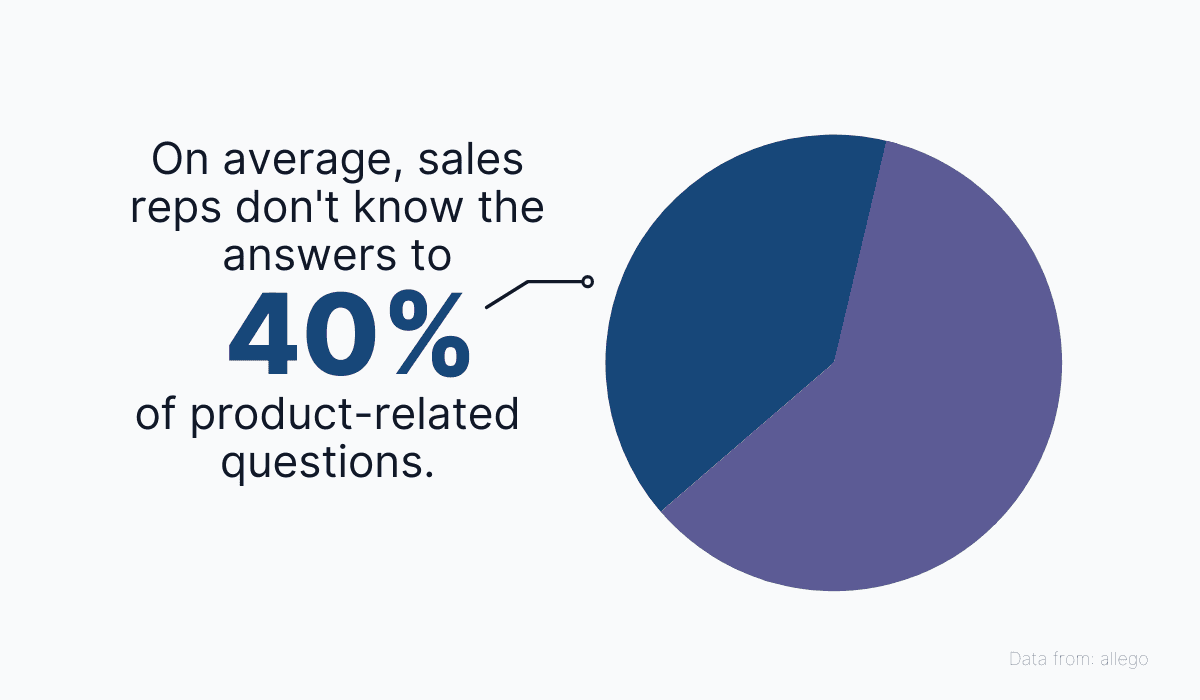
Source: Archbee
However, when your team also includes capable technical writers who create awesome product documentation, the sales reps can act with more confidence and provide answers to any questions or concerns a prospect might have.
For example, say you’re offering a more complex product, such as an HTML5 SDK that helps users build mobile apps that work as well as native ones, using web HTML, CSS, and Javascript—like Ionic does.

Source: Ionic
Now, say that your sales reps need to talk to customers who are developers and have questions like: “What kind of UI features do you guys offer that I can build into the mobile apps I plan to develop?”
Well, if you were a sales rep at Ionic, you could simply pull up the product documentation and explain that your platform offers dozens of UI components, say what some of them are, and provide details on how to implement them.

Source: Ionic
This way, technical writers can act as a bridge between departments and help teams understand each other and the work they’re doing.
In the case we described above, there’s no need for the sales rep to contact a developer for information, pulling them away from their work and waiting for an answer long enough for the lead to go cold.
Friction between departments is avoided and collaboration is improved.
It works the other way around, too. Let’s say that the support, sales, and marketing departments are in possession of information on which features clients are asking for the most.
Developers need this information to inform their work on which features need to be worked on first.
In that case, technical writers can also help by leading the effort to draft a product requirements document that will turn client wishes into actionable steps for developers and provide a roadmap toward building new features for the product.

Source: fireart
Once again, technical writers have provided a platform for departments to cooperate and produced a document that helps the company move forward and achieve a business goal.
So there you have it.
Along with helping potential and existing customers understand and use your product, technical writers can also have an amazing impact on your internal team by improving cooperation.
Conclusion
In closing, we would definitely argue that hiring a technical writer for your startup can help you make large strides in getting your company up and running independently.
That’s because technical writers can impact purchasing decisions, user experience, churn rates, and even interdepartmental relations for the better.
And as no expert should ever be made to work without expert tools, we also recommend investing in quality documentation software, such as Archbee, to help your writers do their best work.
Archbee has been uniquely developed to serve all participants in a software project, including clients, sales leads, and internal teams so it’s the best choice for any SaaS startup.
So sign up for your free trial today!
Frequently Asked Questions
Because it accelerates everything that drives growth. Clear, well-structured docs help users onboard faster, get value sooner, and stick around. They deflect support requests, lowering costs, and give sales, success, and support a single source of truth so teams stay aligned. Strong docs also rank in search, answer high‑intent queries, and convert prospects who are evaluating your product. In short: better user experience, fewer tickets, faster sales cycles, and tighter internal collaboration.



